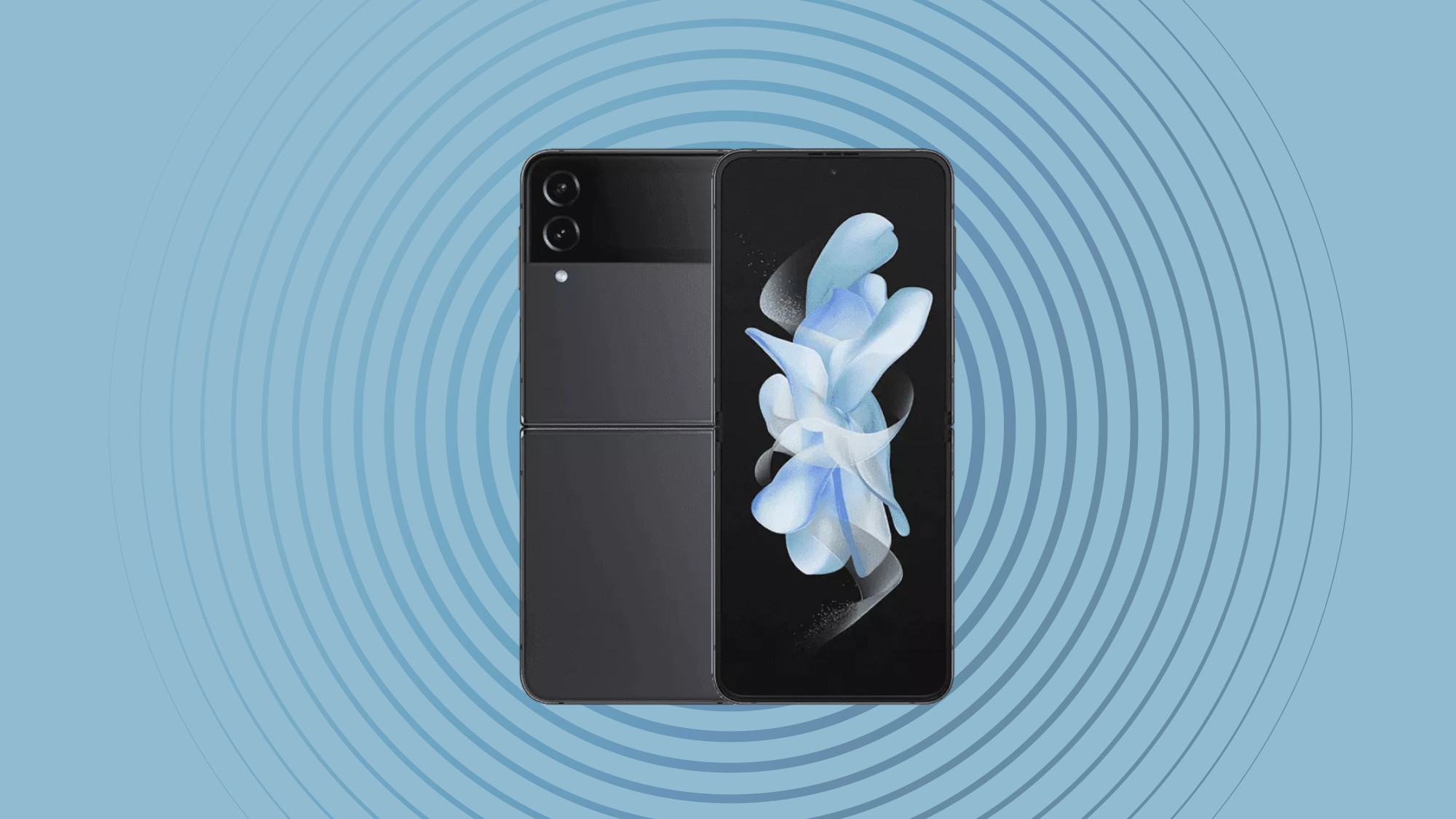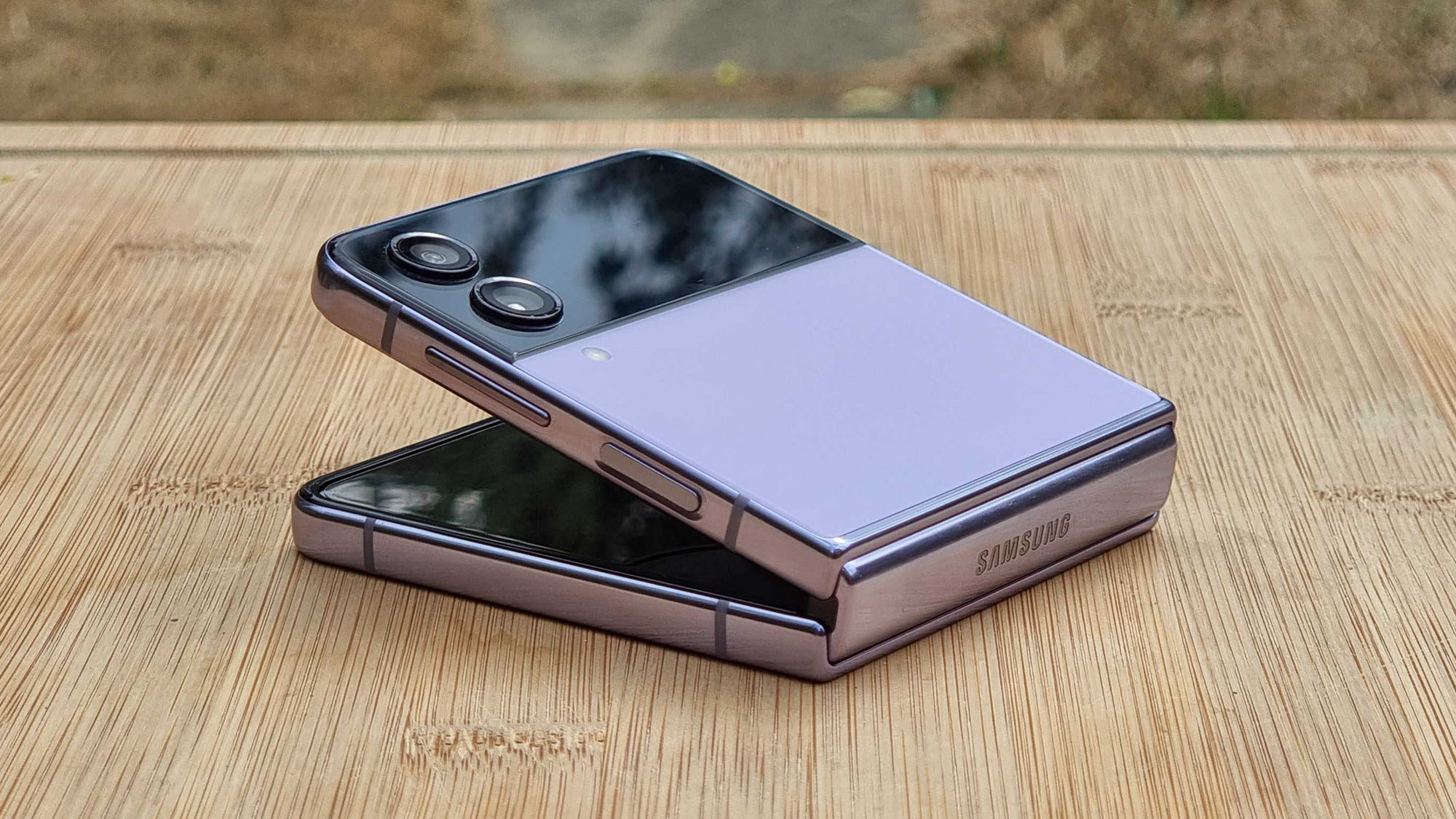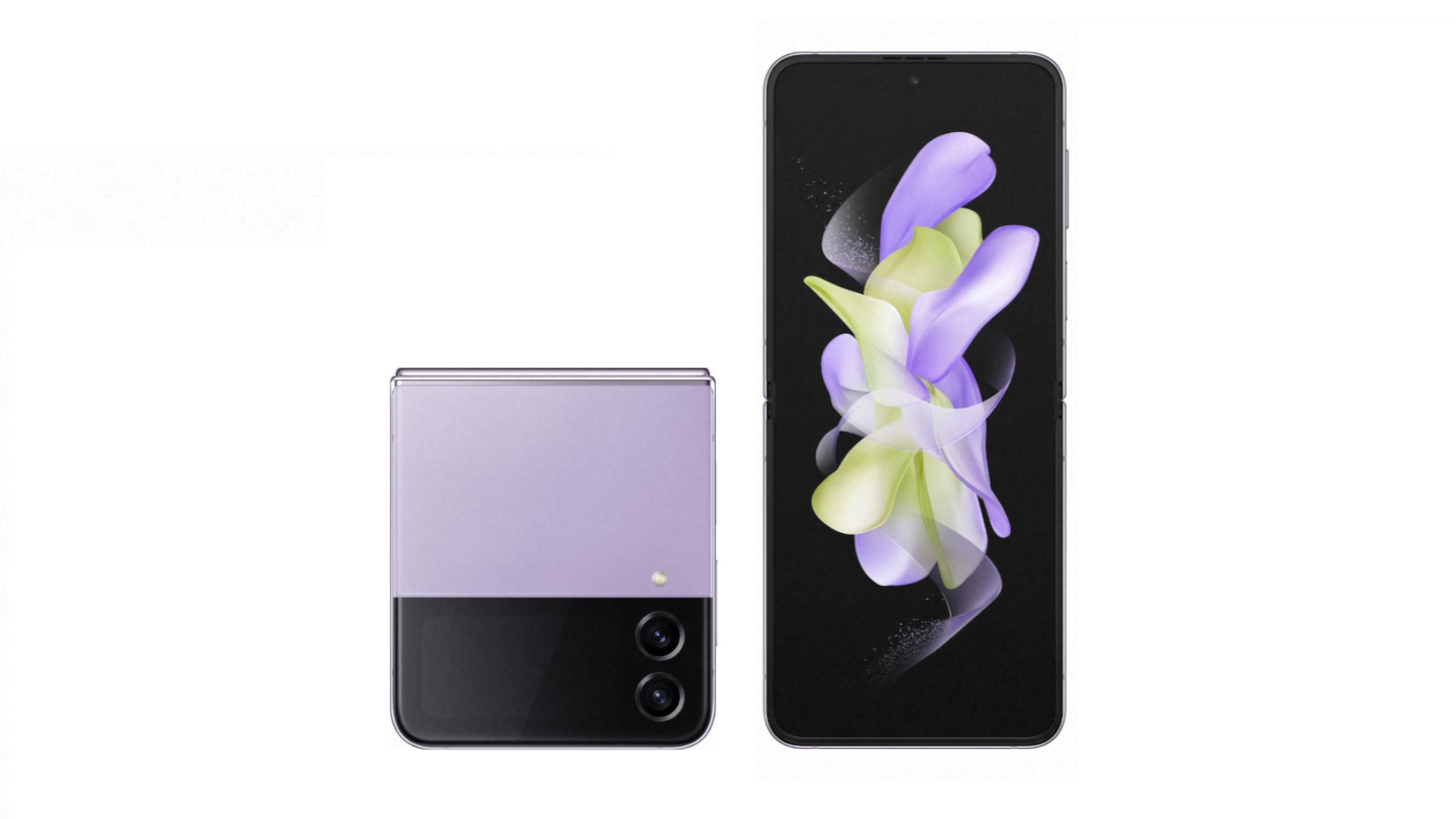Best Samsung Galaxy Z Flip 4 plans in Australia (January 2026)
Should you buy the Flip 4? We think you’re better off with the latest Flip 5 instead

The Samsung Galaxy Z Flip 5 is now available to buy, so what does this mean for last year’s Samsung Galaxy Z Flip 4? Is it still worth your money? For the time being the answer is no, we strongly recommend you do not sign up to the Flip 4 on a plan.
Currently, the major telcos aren’t offering a significant discount on the Flip 4, and because of that, it’s actually cheaper to get the Samsung Galaxy Z Flip 5 on a plan from some providers. On top of that, we’d argue that the Flip 5 is just a better phone, and at the moment, Optus and Vodafone are offering worthwhile deals on the latest model. So we don’t recommend signing up to the Flip 4 on a plan, unless a big discount comes along.
Alternatively, you could buy the Flip 4 outright, but we’d only recommend doing so if you can save at least 30% or more. The lowest price we’ve seen the Flip 4 drop to was AU$849 in April 2023, and it was available on Amazon. Buying outright will also let you pair the device with one of the best SIM-only plans, as there’s lots of money to be saved in the long term if you’re not tied to Telstra, Optus or Vodafone.
Noteworthy Samsung Galaxy Z Flip 4 deals
Before signing up to the Samsung Galaxy Z Flip 4 on a contract, here are the deals you should know about:
- Amazon | save AU$293 on the Samsung Galaxy Z Flip 4 (from AU$1,206)
- Optus | get a bonus Samsung Galaxy Watch 6 when you buy the Flip 5 on a plan, and remain on an Optus Watch Plan for 24 or 36 months
- Vodafone | save AU$200 on the Samsung Galaxy Z Flip 5 when you connect to a plan + get a bonus AU$300 credit if you trade in an older device
Best Samsung Galaxy Z Flip 4 plans: our picks

Best overall Samsung Galaxy Z Flip 4 plan
Samsung Galaxy Z Flip 4 (128GB) | 40GB data | 24 months | AU$107.45p/m
Vodafone has the 'cheapest' plan on the Flip 4, but we’d argue you’re actually better off opting for the newer Flip 5. The Flip 5 is currently AU$105.36 a month at Vodafone, which is AU$2 less per month than this Flip 4 plan. Because of this, we strongly recommend you opt for the Flip 5 on a plan from Vodafone instead.
Total cost over 24 months is AU$2,578.80
Best premium Samsung Galaxy Z Flip 4 plan
Samsung Galaxy Z Flip 4 (256GB) | 40GB data | 24 months | AU$113.70p/m
If you want a Flip phone with more storage, we’d strongly recommend that you pick up the Flip 5 instead of last year’s Flip 4. This is because the Flip 5 with 512GB of storage is available for AU$113.70 a month at Vodafone, while the older Flip 4 with only 256GB of storage is the same price. Why wouldn’t you opt for the latest model if it costs the same?
Total cost over 24 months is AU$2,728.80
Cheap Samsung Galaxy Z Flip 4 plans
Samsung’s flippable phone is firmly priced in the premium category, so if you want to get it for the lowest monthly price possible, you’ll be looking at the 128GB model on a 36-month contract. While a 36-month contract will shrink your monthly bill, you will end up paying more in the long run because you’ll be tied to your chosen telco for longer – we’d suggest a 24-month contract if you can. Below is an automatically updated list of the cheapest monthly options from the major telcos:

Outright Samsung Galaxy Z Flip 4 deals
The Samsung Galaxy Z Flip 4 is available to buy outright from these major retailers:
| Storage | 128GB | 256GB | 512GB |
|---|---|---|---|
| Price | AU$1,499 | AU$1,649 | AU$1,849 |
| Colours | Black, rose gold, blue, purple | Black, rose gold, blue, purple | Black, rose gold, blue, purple |
Samsung Galaxy Z Flip 4 at a glance: what you need to know

OS: Android 12 | Screen size: 6.7-inch AMOLED, 120Hz | Resolution: 2640 x 1080 (main) 512 x 260 (cover) | CPU: Qualcomm Snapdragon 8 Plus Gen 1 | Memory: 8GB | Weight: 187g | Storage: 128GB / 256GB / 512GB | Battery: 3,700mAh | Rear camera: 12MP wide / 12MP ultrawide | Front camera: 10MP
Given the amount of leaks that came out in the days and weeks before its release, there wasn’t much left for us to learn about the new Samsung Galaxy Z Flip 4, but here’s a rundown of what you can expect from this handset.
Overall, the Flip 4 is a fairly iterative refinement to the brand’s clamshell devices, and it looks very similar to the Samsung Galaxy Z Flip 3 at first glance. It’s worth mentioning though that there are plenty of updates internally, which add up to the most polished and powerful device in the range so far.
One notable change is the new Snapdragon 8 Plus Gen 1 chipset, which is at the heart of both the Flip 4 and the Fold 4. As of late 2022, this is right up there with the very best mobile processors on the market, giving the phone plenty of grunt for intensive apps, gaming and everyday scrolling. Keep in mind though that the Snapdragon chip in the Flip 4 comes with 8GB of RAM, while the Fold 4 has a version of the processor with 12GB of RAM.
So what else has changed? Well, there’s been some small design tweaks. The Flip 4 has a slimmed-down bezel, so it’s a little bit smaller (by 1.5mm) when folded. The inside screen now has ultra-tough-glass 2.0, which Samsung says is 20% tougher than previously. As with before, the display is a 2640 x 1080 6.7-inch AMOLED screen with a refresh rate up to 120Hz. Internally, the Flip 4’s battery capacity has increased to 3,700mAh (up from the Flip 3’s 3,400mAh), which is great news considering a middling battery life was one of our gripes with the previous iteration.
When it comes to the cameras, you’re not getting any headline improvements to the glass or resolution, but there are a few sensor upgrades that Samsung claims will result in better lighting in stills and videos. By bumping up the number of pixels to 1.8µm (up from 1.4µm), Samsung claims you’ll now get up to 65% more brightness. Image stabilisation has been improved too, so it should be easier to capture steady shots.
Sign up for breaking news, reviews, opinion, top tech deals, and more.

Jasmine Gearie was previously an Ecommerce Editor at TechRadar Australia, with a primary focus on helping readers find the best mobile and NBN plans. During her time with TechRadar, she also reported on important telco news in Australia, and helped track down tech deals to help readers save money.




